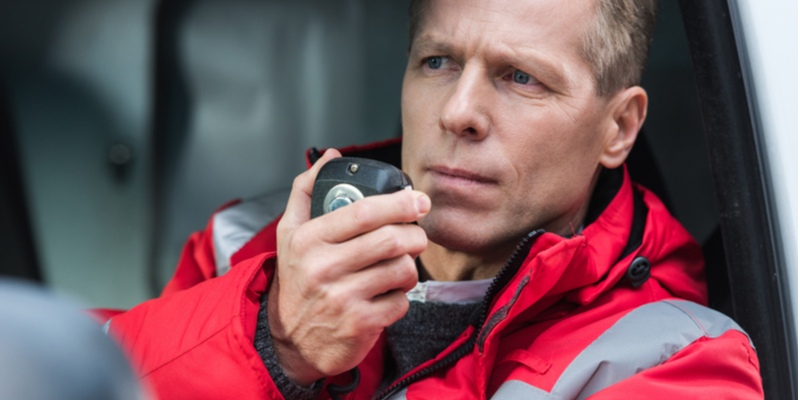Two-way radios are helping the healthcare industry improve overall safety and effectiveness. This is crucial in an industry that is responsible for serving hundreds of patients at one time. It is not uncommon for hospitals to experience delayed communication when dealing with an emergency response situation – this can lead to serious complication and even death.
In an industry where every second counts, it’s adamant that the proper communication systems are in place for healthcare professionals to relay messages to the appropriate department in real time.
In the US and Canada, 90% of hospitals report experiencing an increase in violent events. Thus, causing healthcare professionals to seek out additional ways to improve the safety and wellbeing of their staff and patients. Perhaps the issue relates to an aggressive patient who needs to be calmed down and subdued, or maybe there is an intruder in the hospital that needs to be removed. No matter what it may be, it needs to be resolved as quickly as possible to prevent worsening the situation. This is where two-way radios can be of use.
Single Channel vs. Multi-Channel Radios
While single-channel radios may be effective for smaller hospital or doctor office settings, multi-channel models are useful for larger hospital settings.
If there are several groups of people that require different lines of communication, a multi-channel radio is highly recommended. That way, people can come together and communicate as needed. In addition, they can communicate amongst their own department without distracting or interfering with other departments. This also allows for greater security when discussing confidential matters across the line.
Improving Connectivity & Service Range
Are certain parts of your hospital or medical office a dead zone where communication fails to thrive? This is a common issue with a practical solution.
For smaller hospitals in suburban settings, service may not be an issue. If it is difficult to get service in certain parts of the building, but luckily there are ways to improve this issue. For instance, a building can be outfitted with radio enhancement systems that provide reliable coverage to all areas of the building. This is especially useful in hospitals located in urban areas where you are surrounded by many other tall buildings that block signal strength.
For the most part, in-building radio enhancement systems contain three core parts: a Donor Antenna System, Bi-Directional Amplifier, and Distributed Antenna System.
A system can be installed to improve cellular connectivity as well.
The Rise of Interoperable Communications
An up and coming way that some hospitals are improving communication is through the use of interoperable communications – a system that allows different devices to communicate across the same channel. For instance, a two-way radio can connect to a cell phone, which can connect to someone’s Bluetooth headpiece. This allows personnel to communicate across different devices.
Improve Communication & Overall Safety with Highland Wireless
At Highland Wireless, we have everything you need to set up your hospital for success. From a variety of two-way radio models (available for rent and sale), as well as expertise in the design and installation of radio enhancement systems, we are your go-to Premier radio communications solution provider.
Contact us today with questions or to set up a consultation.

